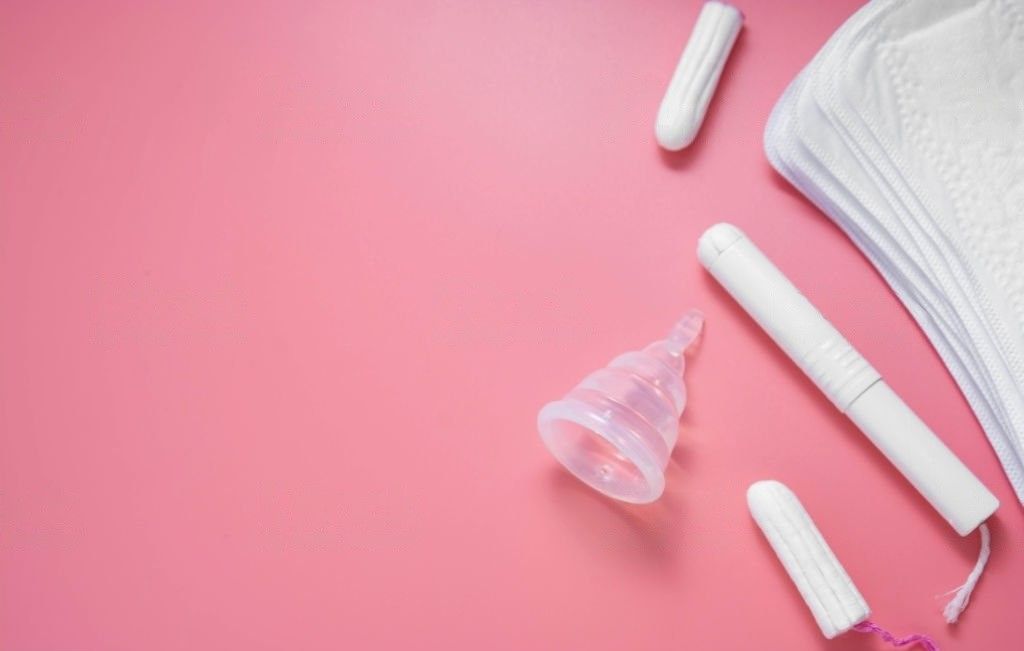Ovulation Phase In Menstrual Cycle - What Does It Mean ?
The menstrual cycle's ovulation phase is a remarkable era of transition.

Every month, women of reproductive age go through a series of physiological changes known as the menstrual cycle. One critical stage within this process is ovulation, a phase marking the release of an egg from the ovary, ripe for potential fertilization. This period, typically occurring midway through the menstrual cycle, can have profound impacts on women's bodies and minds. This article aims to explore these impacts, delving into the science behind ovulation, and how it affects the everyday life of women.
The Ovulation Phase: An Overview
Ovulation usually occurs in the middle of the menstrual cycle, typically around day 14 in a standard 28-day cycle, though this can vary greatly among individuals. The ovulation phase is triggered by a surge in luteinizing hormone (LH) and follicle-stimulating hormone (FSH), both produced by the pituitary gland. This hormonal surge signals the dominant follicle in the ovaries to release a mature egg, which then travels down the fallopian tube, ready for potential fertilization.
Impacts of the Ovulation Phase:
1.Fertility and Conception Opportunity: The ovulation phase represents the most fertile period in a woman's menstrual cycle. The mature egg released during ovulation can be fertilized for up to 24 hours after release. Additionally, sperm can live inside a woman's body for up to five days. Consequently, the few days leading up to and including ovulation are considered the prime window for conception.
2. Changes in Basal Body Temperature: Women may notice a slight rise in their basal body temperature after ovulation, typically by about 0.5 to 1.0 degrees Fahrenheit. This increase happens due to the secretion of progesterone, a hormone that prepares the body for pregnancy. Some women track these temperature changes to predict ovulation and manage their fertility.
3. Mittelschmerz: Some women might experience a mild ache or pain on one side of the lower abdomen during ovulation, a phenomenon known as Mittelschmerz. While the exact cause isn't fully understood, it's thought to possibly relate to the egg breaking through the ovarian wall.
4. Changes in Cervical Mucus: Around the time of ovulation, the consistency of cervical mucus often changes. It typically becomes clearer, more slippery, and stretchy, similar to egg whites. This change creates a more favorable environment for sperm, facilitating their journey towards the egg.
5. Increased Sexual Desire: Some studies suggest that women may experience increased sexual desire during ovulation. This increase is thought to be linked to rising levels of estrogen and LH, which could potentially serve an evolutionary purpose for promoting reproduction.
6. Heightened Senses: Some research indicates that women's senses may be subtly heightened during ovulation. Women may experience an enhanced sense of smell, taste, or vision, possibly due to elevated levels of estrogen.
7. Mood Changes: While some women may feel more energetic and emotionally buoyant due to a surge in estrogen, others may experience mood swings, heightened anxiety, or increased sensitivity. These emotional changes are likely due to the complex interplay of hormones that occur during this phase.
SUMMARY
The ovulation phase of the menstrual cycle is a fascinating period of transformation. It's more than just a biological event - it's a phase that can affect a woman's mood, senses, fertility, and overall health. Understanding the changes that happen during ovulation can empower women to better understand their bodies and manage their well-being. It's also noteworthy that while we've discussed typical experiences during ovulation, each woman's experience can differ significantly.
It's essential to consult with healthcare professionals regarding any concerns or symptoms. Increased understanding and awareness of ovulation and its impacts can not only facilitate better health management but can also contribute to greater bodily autonomy and reproductive decision-making.
Jayti Shah is a Clinical Nutritionist with a master's degree in Clinical Nutrition and Dietetics. She is a member of the Indian Dietetic Association (IDA). Over the last 9 years, she has helped 400 clients in their clinical and weight loss journeys. She works with SocialBoat as a nutrition consultant.
At SocialBoat, we offer custom diet plans and guided workouts to help you achieve your goals in a 360-degree approach. Our gamified experience ensures that you don’t find workouts boring and we reward you for being consistent with your efforts.

REFERENCES
- Practice Committee of the American Society for Reproductive Medicine. (2019). Optimizing natural fertility: A committee opinion. Fertility and Sterility, 111(4), 675–682. https://doi.org/10.1016/j.fertnstert.2019.02.018
- Wilcox, A. J., Weinberg, C. R., & Baird, D. D. (1995). Timing of sexual intercourse in relation to ovulation. New England Journal of Medicine, 333(23), 1517-1521. https://doi.org/10.1056/NEJM199512073332301
- Barron, M. L., & Fehring, R. J. (2005). Basal body temperature assessment: Is it useful to couples seeking pregnancy?. MCN: The American Journal of Maternal/Child Nursing, 30(5), 290-296. https://doi.org/10.1097/00005721-200509000-00006
- Mittelschmerz. (2019). In: A.D.A.M. Medical Encyclopedia. Retrieved from https://medlineplus.gov/ency/article/001503.htm
- Scarpa, B., Dunson, D. B., & Colombo, B. (2006). Cervical mucus secretions on the day of intercourse: An accurate marker of highly fertile days. European Journal of Obstetrics & Gynecology and Reproductive Biology, 125(1), 72-78. https://doi.org/10.1016/j.ejogrb.2005.07.031
- Pillsworth, E. G., & Haselton, M. G. (2006). Male sexual attractiveness predicts differential ovulatory shifts in female extra-pair attraction and male mate retention. Evolution and Human Behavior, 27(4), 247-258. https://doi.org/10.1016/j.evolhumbehav.2005.10.002
- Doty, R. L., Ford, M., Preti, G., & Huggins, G. R. (1975). Changes in the intensity and pleasantness of human vaginal odors during the menstrual cycle. Science, 190(4221), 1316-1318. https://doi.org/10.1126/science.1239080
- Eisenlohr-Moul, T. A., Girdler, S. S., Schmalenberger, K. M., Dawson, D. N., Surana, P., Johnson, J. L., & Rubinow, D. R. (2017). Toward the reliable diagnosis of DSM-5 premenstrual dysphoric disorder: the Carolina Premenstrual Assessment Scoring System (C-PASS). American Journal of Psychiatry, 174(1), 51-59. https://doi.org/10.1176/appi.ajp.2016.15121504
